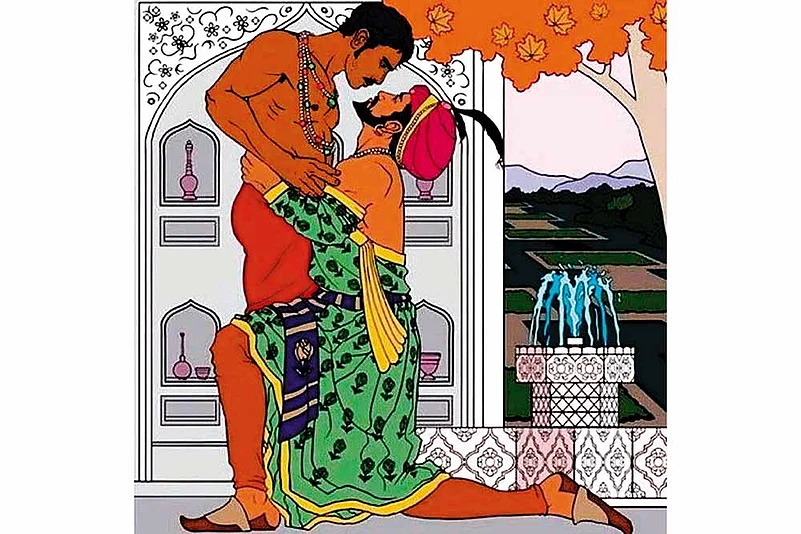While LGBT people were tortured and killed for centuries in Europe, India’s history is very different (see Same-Sex Love in India, ed. Ruth Vanita and Saleem Kidwai). The Victorian administrators who instituted Section 377 in colonised countries also introduced the idea of homosexuality as an unspeakable crime to be hidden. Educated Indians internalised shame and guilt about many Indian practices, from polygamy and matriliny to same-sex sexuality. However, earlier traditions did persist, often underground.
In some pre-colonial Indian communities, same-sex unions were formalised and recognised. For example, late 18th century Lakhnavi writer Sa’adat Yar Khan ‘Rangin’ (1755-1835) described how two women would form a couple by eating and feeding each other various items, after which they would be known as one another’s dogana, zanakhi or ilaichi. Rangin wrote, “Then they get married among their female companions, and these are called ilaichi.” Several Urdu poets of the time wrote poetry about such unions between women. In her novel, Memory of Light, released in July by Penguin, Ruth Vanita tells the story of one such couple, Nafis, a poet, and Chapla, a dancer.
ALSO READ


























